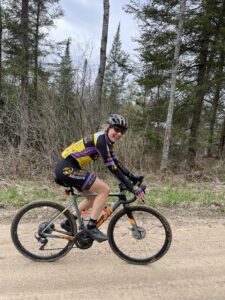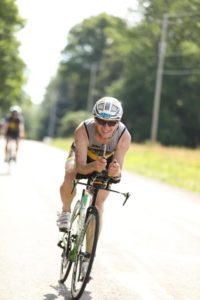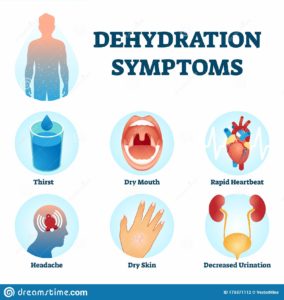By: Christina Vipond
In training or racing, the only thing we know for sure is that we won’t know what the weather will be until we are on the start line.
Race season typically begins in March. We could get lucky and have a warm, dry day or we could get snow or cold, rainy weather. Usually, the morning is cool and may or may not warm up so having kit ready for any weather is essential.
 Some athletes can tolerate colder weather, others aren’t so lucky. Thankfully, the technology for clothing is such that it allows for layers of clothing to be worn without affecting movement required for racing. Drinking warm liquids before and during the race can keep the body temperature warm. Its is also a good idea to consider eating more carbohydrates if you are a person who shivers as shivering can break down glycogen.
Some athletes can tolerate colder weather, others aren’t so lucky. Thankfully, the technology for clothing is such that it allows for layers of clothing to be worn without affecting movement required for racing. Drinking warm liquids before and during the race can keep the body temperature warm. Its is also a good idea to consider eating more carbohydrates if you are a person who shivers as shivering can break down glycogen.
The opposite side of the spectrum is intense heat. The last week of May was unseasonably warm in Michigan with temperatures reaching upper 80s and into the 90s for an entire week. There have been studies done that show just 10 days of heat acclimatization training improves time trial performance and power output when racing in intense heat. Unfortunately, that isn’t realistic with the unpredictable and inconsistent weather. Other studies have shown that aerobic fitness is an effective strategy for heat stress. An overall aerobically fit body can keep blood flowing and keep the heart pumping blood to muscles in all temperatures.
Drinking plenty of fluid seems obvious but drinking too much water can lead to a condition called hyponatremia. Drinking too much can dilute blood sodium levels which can cause athletes to collapse as well as more severe health issues. Urine color is one indicator for hydration. Clear urine along with high volume can indicate too much hydration. However, if urine is dark or low in volume, this could indicate dehydration. When an athlete is dehydrated, blood is sent to the skin to increase sweat for cooling. This means less blood is going to muscles to deliver oxygen and nutrients. This can cause muscle cramps, decrease power output, increased heart rate and increased breathing.
Not only is drinking important in heat but eating can be affected as well. Hot weather can also decrease appetite as well as upset stomachs. Liquids with drink mixes, electrolytes or soft gels when racing can be helpful
Here are tips which may help race performance in extreme heat (may seem obvious but are good reminders):
- Staying in the shade as long as possible when available.
- Use an ice sock.
- Drink cold fluids before, during and after the race.
- Do training rides in a warm environment (or without a fan if indoors). This is a good way to experiment with different drink mixes and electrolytes to learn what works for your body in extreme heat.
- Wear sunscreen, sunburns amplify heat stress and dehydration.
Weather can be unpredictable. Training for all types of weather to understand how your body responds to cold and heat as well as how to compensate is an important component to healthy racing.












